
Hot on the heels of the latest ‘LVMH’ Nautilus reveal, we consider not one but three earlier iterations of Patek’s (now-discontinued) 5711 – all bearing the name of America’s preeminent jeweller
In the rarefied world of Patek Philippe collecting – with its panoply of scarcity, drama, and constant brinkmanship – few watches elicit the same spell of enchantment that the Nautilus does. Patek’s (in)famous luxury sports watch has gone through a handful of iterations over the years, with the most recent being the 5711 ‘Tiffany Blue’ — something of a commemorative salute to the 170-year history shared by two of the biggest names in consumer luxury. Available solely at three Tiffany locations in the continental US, it is injecting even more vigour into the discussion surrounding what is (undoubtedly) the most notorious, hotly contested sports watch of our times. (As multiple media outlets have indicated, the inclusion of the ‘LVMH’ easter egg in this release’s commemorative branding is guaranteed to stoke even more speculation.)
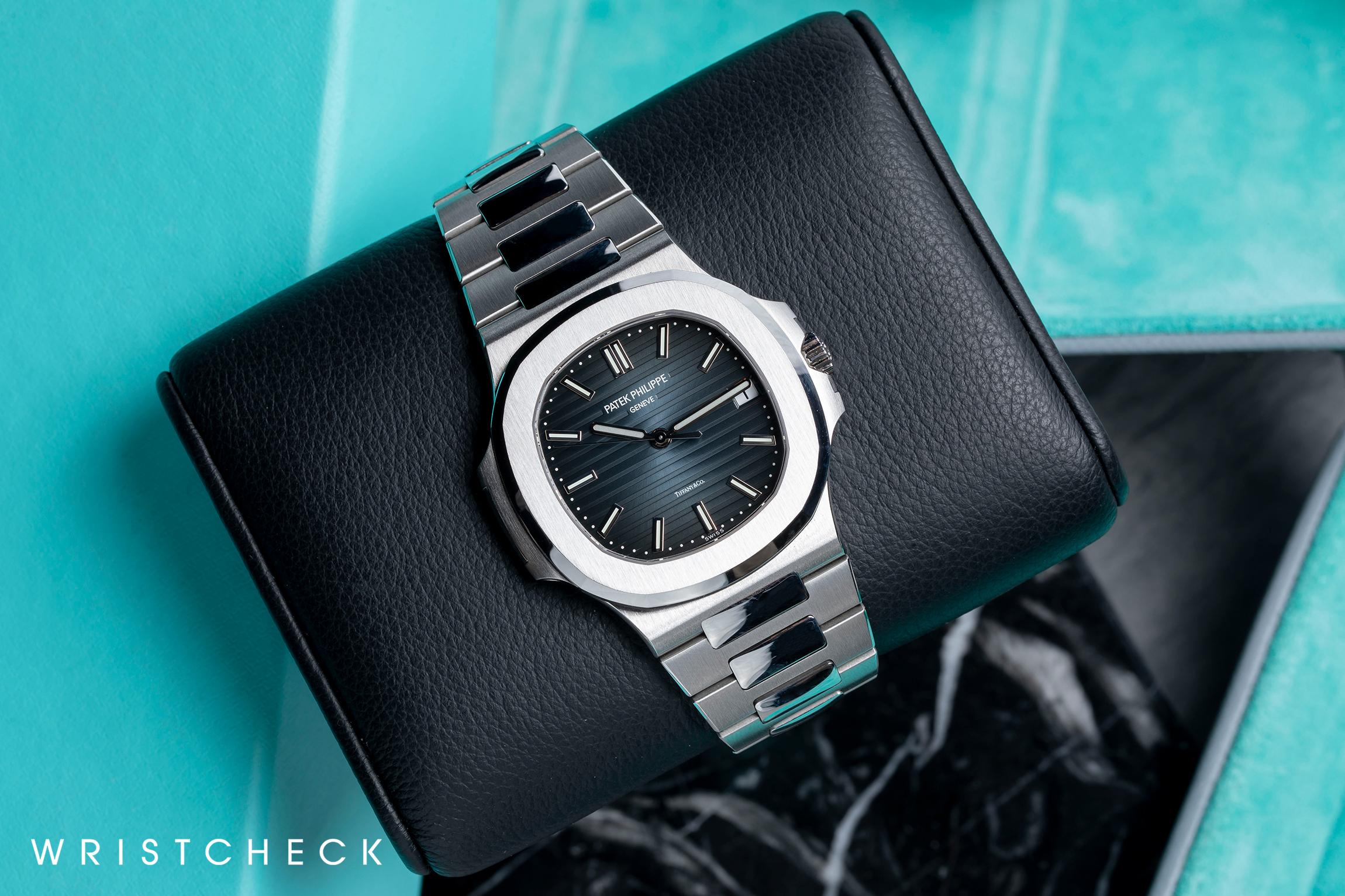
That begs the question: how do you make what is already the watch world’s most desirable reference even rarer? As it turns out – through the addition of some well-placed, secondary branding. This month, we have the pleasure to showcase just such a 5711; or if we’re being pedantic, three versions of it, all bearing the signature of ‘Tiffany & Co.’.
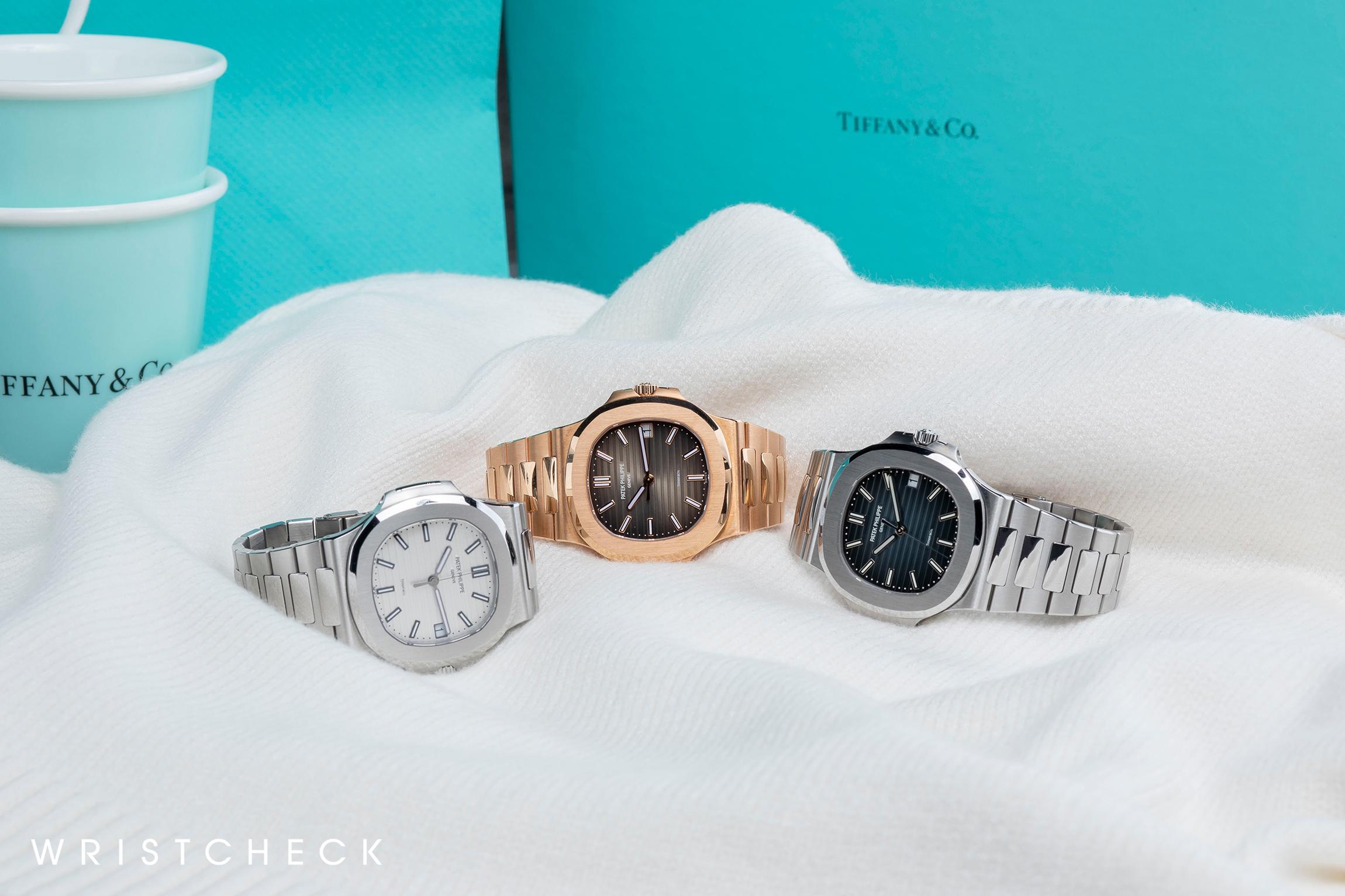
A History of Friendship
Though Patek has a storied tradition of working with retailers around the globe (Cartier and Asprey are some of the bigger names which spring to mind), its association with Tiffany & Co. is by far its most famous, often to the point of controversy. The two luxury brands’ long-running partnership began in 1851, when the eponymous Antoine Patek met Charles Tiffany on the final leg of one of his regular US-wide promotional tours. The two reportedly became fast friends: by the time Patek returned to Switzerland, he discovered Tiffany had already committed to purchasing 150 watches. The rest, as they say, is history.
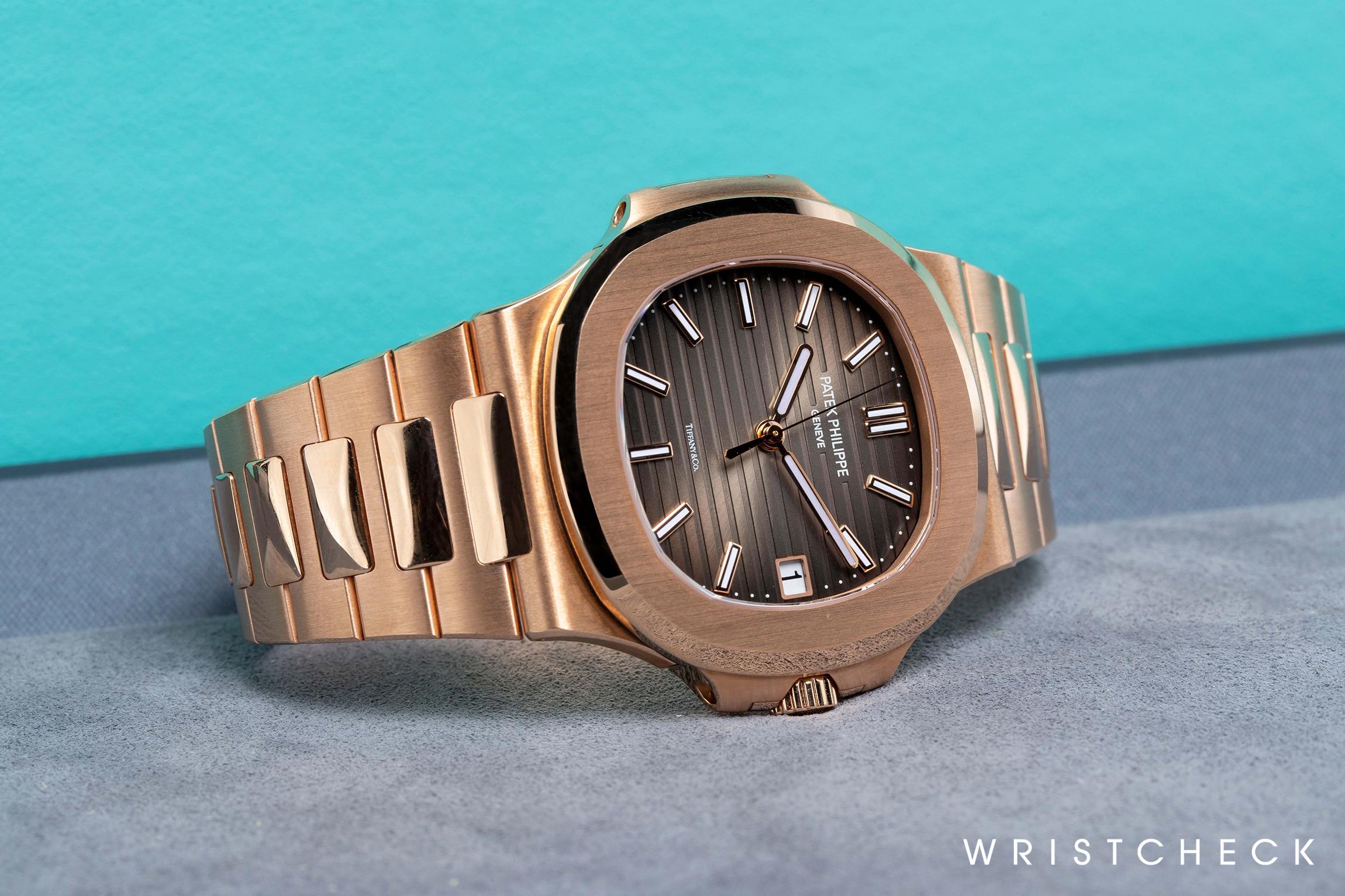
Some 19 years after first meeting, the two entrepreneurs formalised the relationship between their namesake brands, by making Tiffany & Co. an official retailer of Patek Philippe wristwatches. The importance of that gesture cannot be overstated: till this day, Tiffany remains the only company that is authorised to add its own signature to a Patek dial. On occasion, other storied retailers like Beyer Zürich are accorded this privilege, but never as a matter of course and usually through a series of special requests.

Today, Tiffany continues to retail a selection of Patek wristwatches (including various Nautilus references) with the historic ‘double signature’ from four of its flagships, all of which are located in the US. These include outposts in Beverly Hills, San Francisco, Honolulu and, naturally, the brand’s iconic multi-storey flagship in New York on Fifth Avenue (immortalised in the 1961 romcom Breakfast at Tiffany’s).
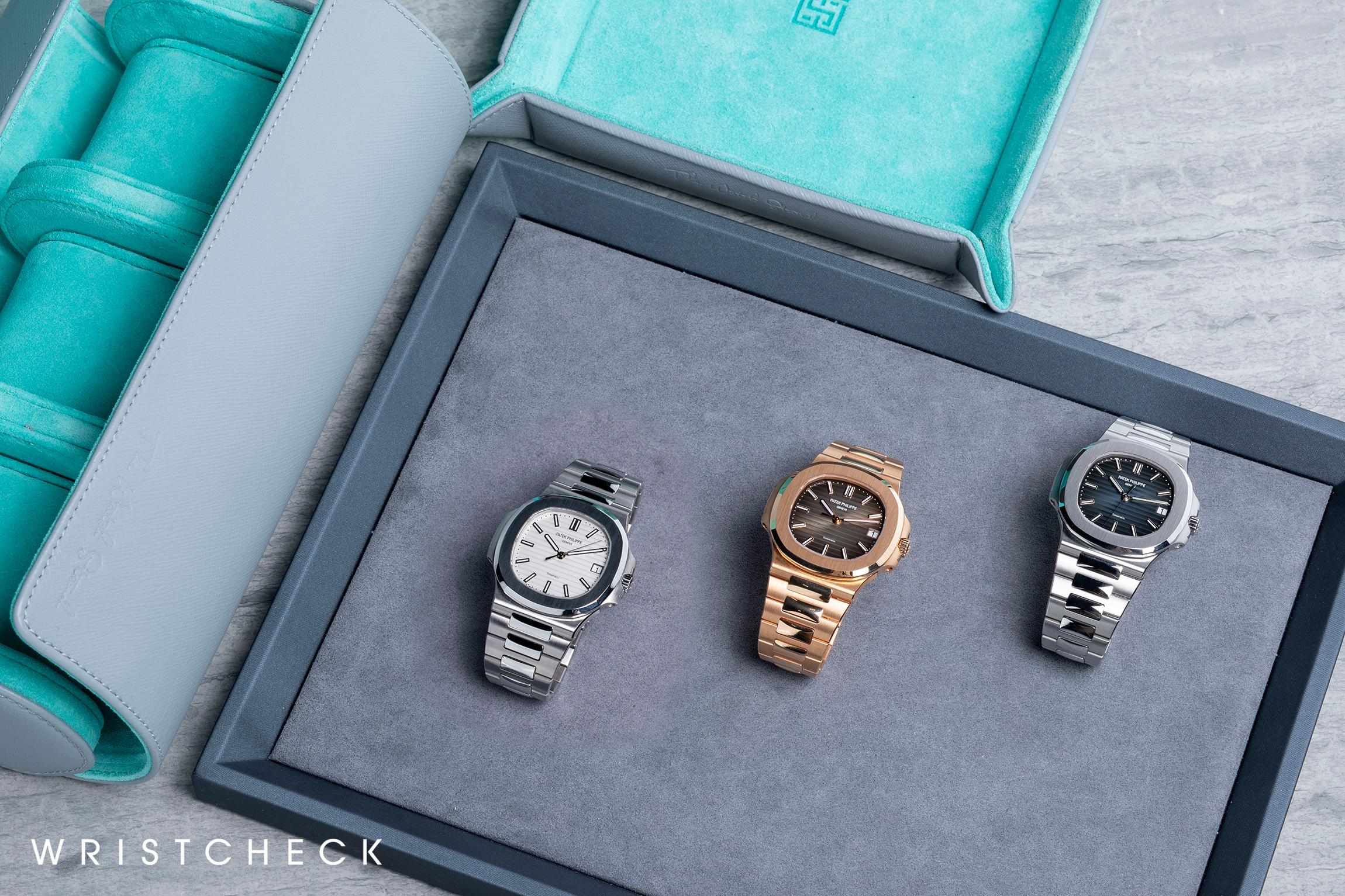 Wristcheck
Wristcheck
When Two Names Are Better Than One
The long, rather exclusive nature of the Patek/Tiffany partnership provides a decent framework for understanding why collectors are so enamoured with the resultant double-signed dial. Add to that the public’s seemingly insatiable appetite for luxury sports watches (a category in which the Nautilus is often considered the poster child) and you have the perfect storm of demand and desirability. The other aspect of this equation, perhaps inevitably, centres on market performance.
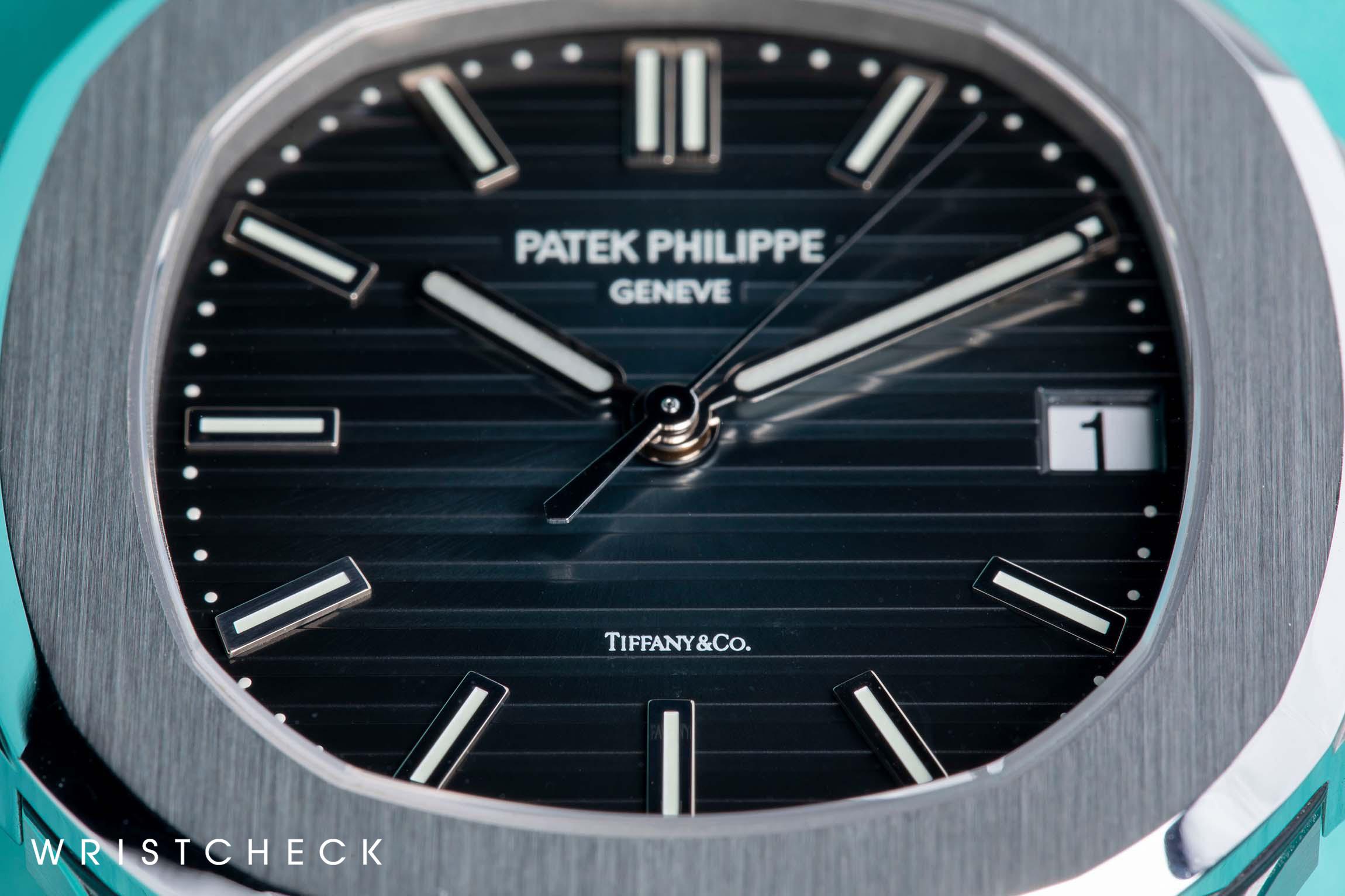
As compared with their mono-brand counterparts, double-signed 5711s are able to command significant premiums. More so than any of Patek’s other retail partners, this is a phenomenon that rings true for Tiffany: over the past half-decade, basic steel Nautiluses bearing the ‘Tiffany & Co’ signature have hammered for 4-5 times their estimate at auction, indicating widespread confidence amongst collectors in the niche’s longevity.
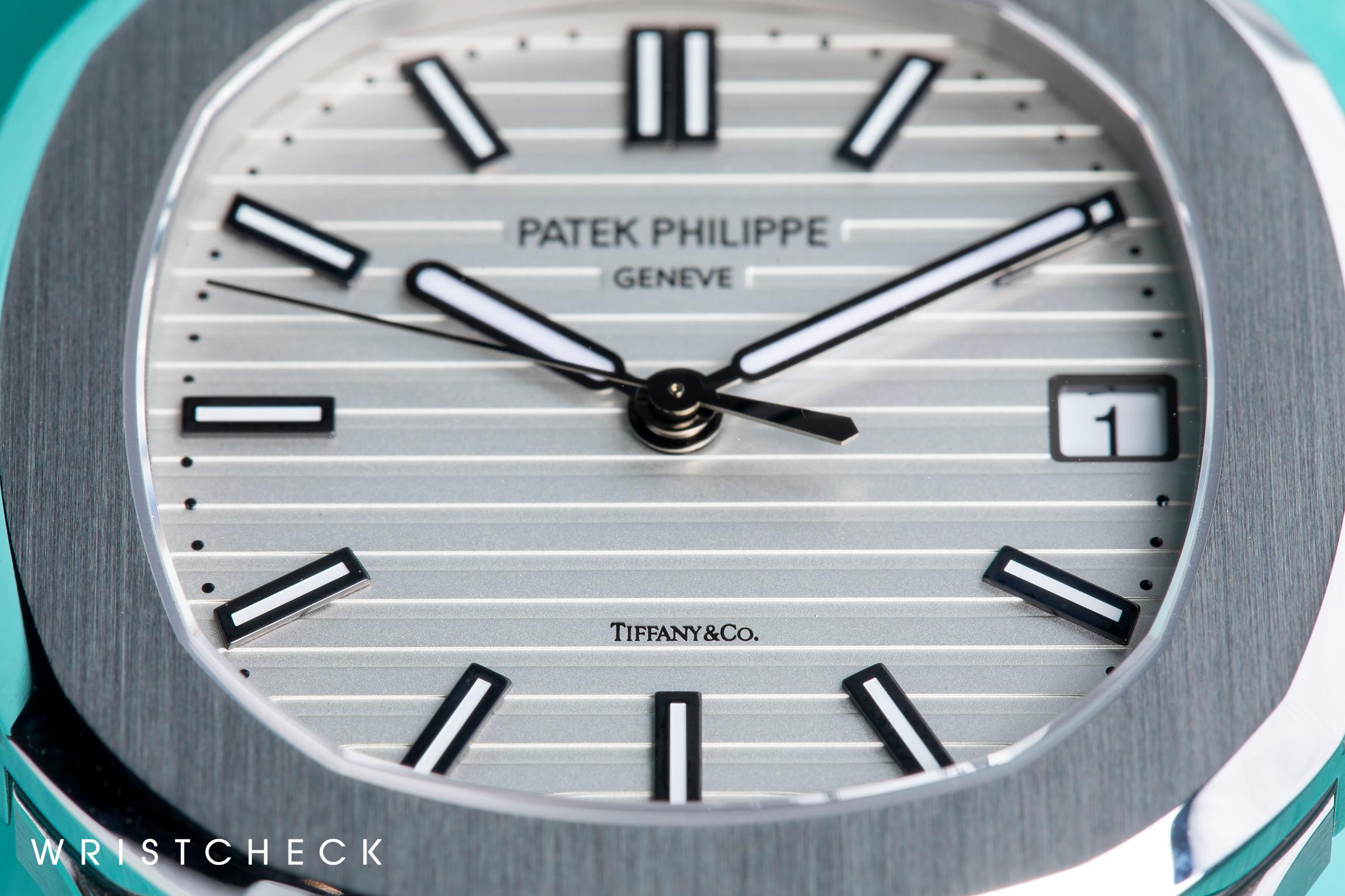
Somewhat less quantifiably – and this is an observation that’s broadly applicable to any watch which is double-signed – the addition of a retailer’s signature is often thought to confer a degree of historicity, dare we even say romance, to the collecting experience. “Collectors are [becoming] increasingly aware of not only what a signature’s font should look like,” says Rescapement founder Tony Traina, “but the import codes, hallmarks, engravings or other details that might also be found on a retailer-signed timepiece”. To put it another way, the inclusion of a secondary signature is in and of itself representative of scholarly value.
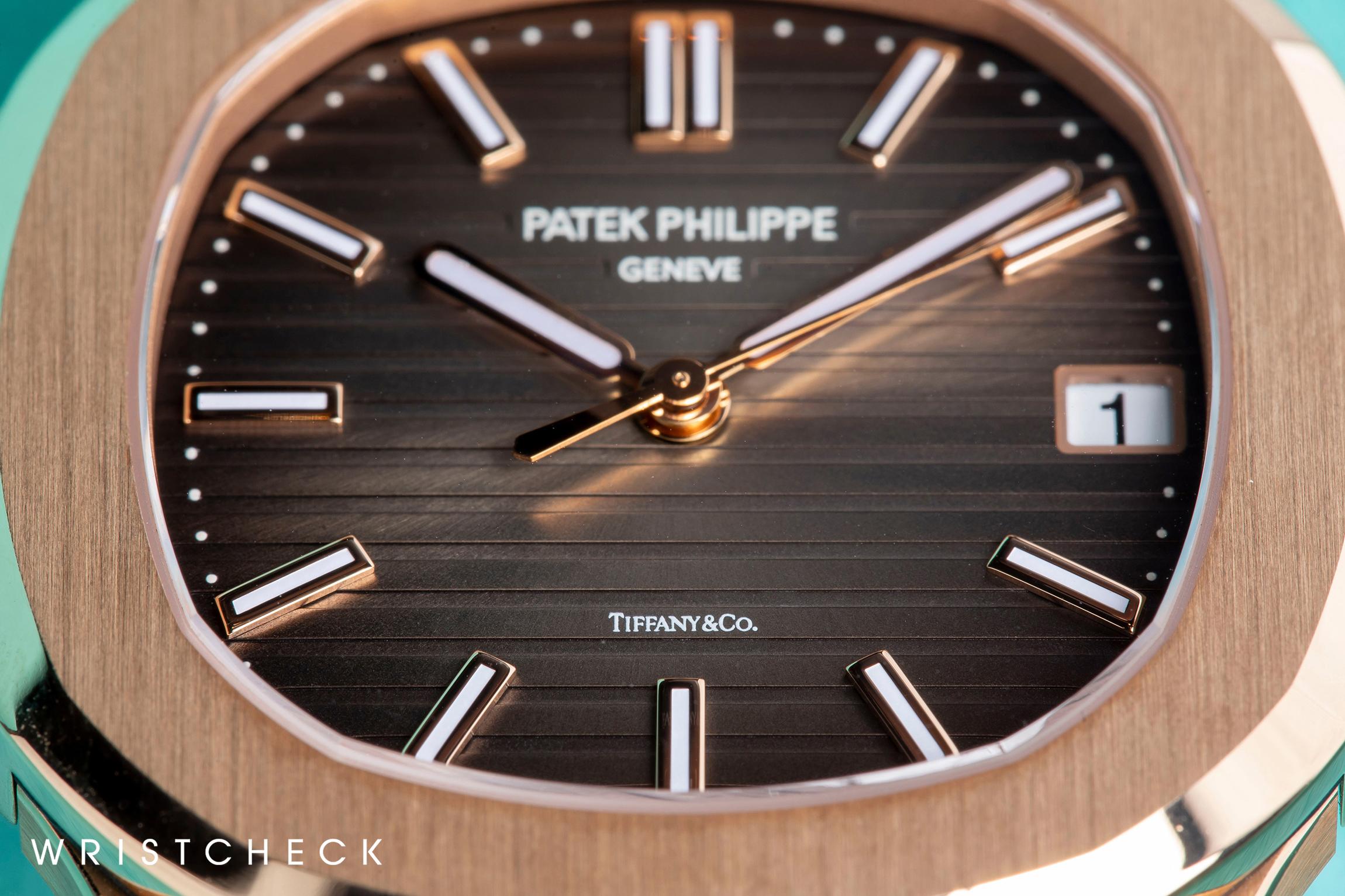
A further aspect of the double-signed dial’s appeal derives from the manner in which it is usually made. According to Dr. Helmut Crott, author of the influential French language volume Le Cadran, retailers including Tiffany have long applied their own branding to timepieces supplied by Patek – often while partially disassembled and in the place to which they’ve been exported. That in turn has led to some subtle, occasionally collectible discrepancies: relating to font size, style and position of placement on the dial.

Triple Threat
Putting these various influential factors into play, the arrival of even a single double-signed 5711 should be considered a big deal. But to have all three versions side-by-side? Now, that isn’t something you see everyday. Per the images above, the variations which are available include: two steel versions with blue and white gradient dials; or a rose gold version fitted with a dial oscillating between light and dark brown.


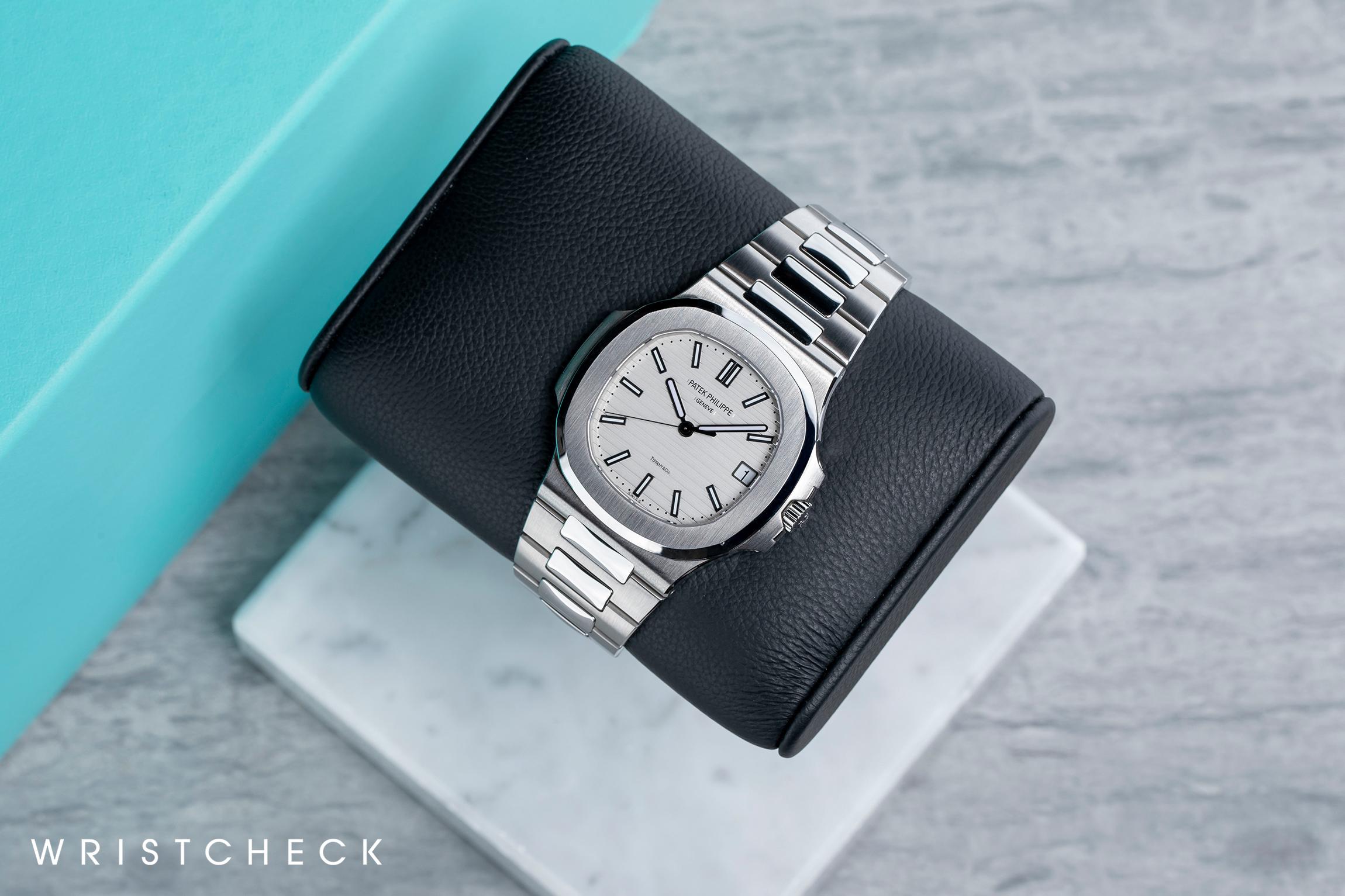

Beyond the inclusion of the (admittedly rare) “Tiffany & Co.” signature, all three of these 5711s remain consistent with the Nautilus modern enthusiasts have come to form such an amorous love-hate relationship with. At a very balanced size of 40mm, the characteristic Nautilus case (with its octagonal bezel and porthole-shaped construction) remains a veritable crowdpleaser on an array of wrists; with that versatility further reinforced by the watch’s clean, classically styled dial.

In each variation, the Tiffany & Co. signature is incorporated with an eye toward subtlety. As is so often the case with discussions pertaining to style, there’s no one version that is objectively superior. Measuring the height of a single horizontal groove, you get the suspicion that Tiffany’s objective was to make the presence of its own branding sufficiently felt, without detracting from the other elements on the dial. Again, that may go some way toward explaining why the text always stands out from the underlying dial colour and is located in the relatively open expanse above 6 o’clock. Notably, despite the accompanying high amount of contrast, the matte white Nautilus appears to be (to yours truly, at any rate) the most subtle of the bunch: that may perhaps be chalked up to the absence of a colour gradient, an aesthetic feature that creates beautiful interplay between light and hue – especially when combined with the 5711’s ridged dial.

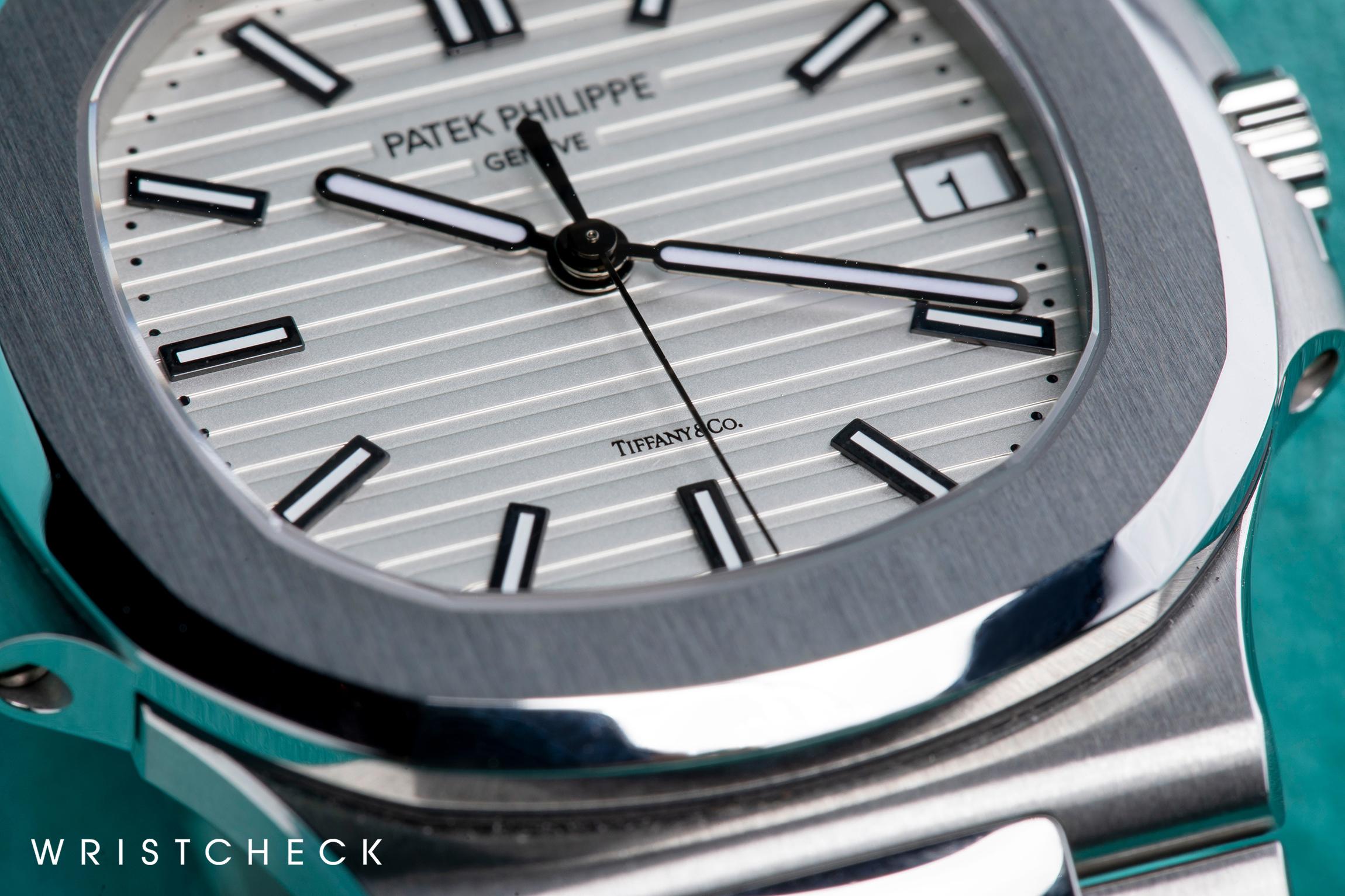
In yet another show of how double-signed watches are, almost to a fault, concerned with small details, when you flip these Tiffany-signed Nautiluses over, you’ll find the exact same calibre 324 S C that is at the heart of the original, monobrand 5711. In the world of serially produced luxury sports watches, this remains an impressive standard bearer: the rotor, fashioned from solid 21K gold for more efficient winding, is made in Patek’s iconic ‘moustache’ shape; whereas the finishing is uniformly fine enough to have acquired the Geneva seal (visibly engraved on the bridge at 5 o’clock).
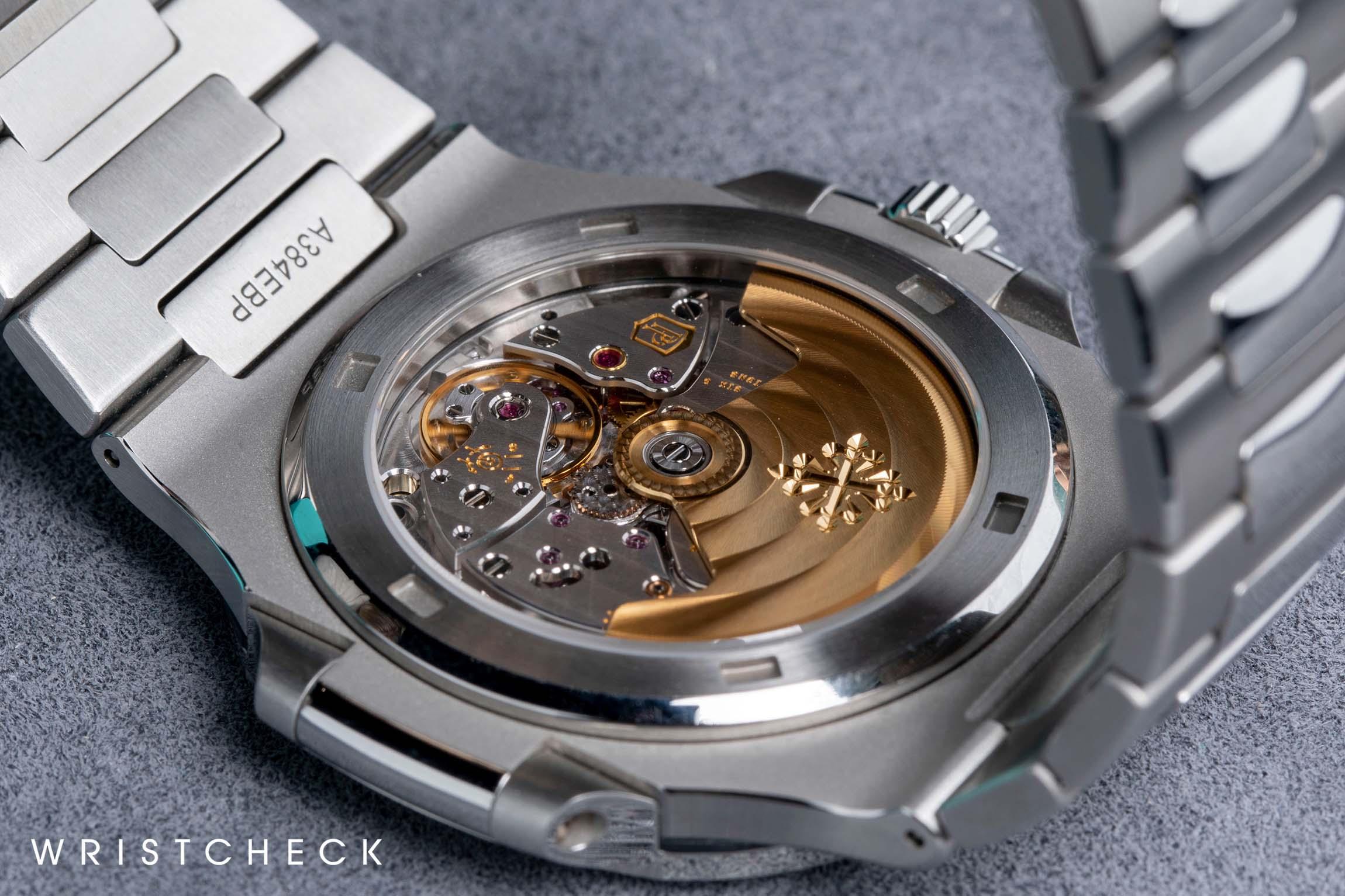

When all is said and done, the key ingredient to the allure of these double-signed 5711s is their rarity. Transpose all the hurdles of buying a standard steel Nautilus into the universe of two iconic luxury brands; and it becomes apparent why so many collectors spend an inordinate length of time chasing these watches. Thanks to seismic shifts in the industry (among them, Patek’s decision to discontinue the 5711 earlier this year) double-signed fever is unlikely to dissipate any time soon.
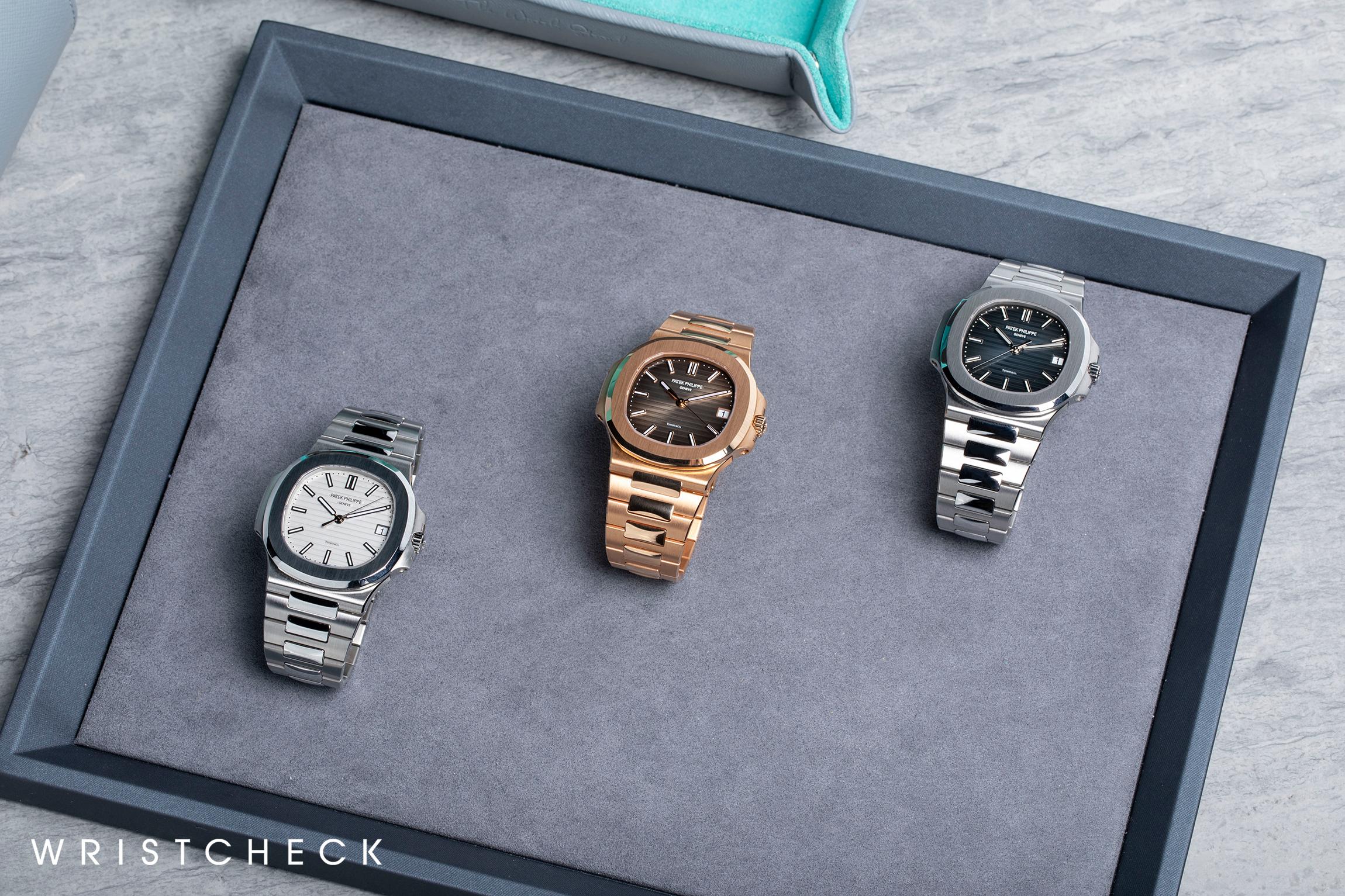
For inquiries, please write to concierge@wristcheck.com
